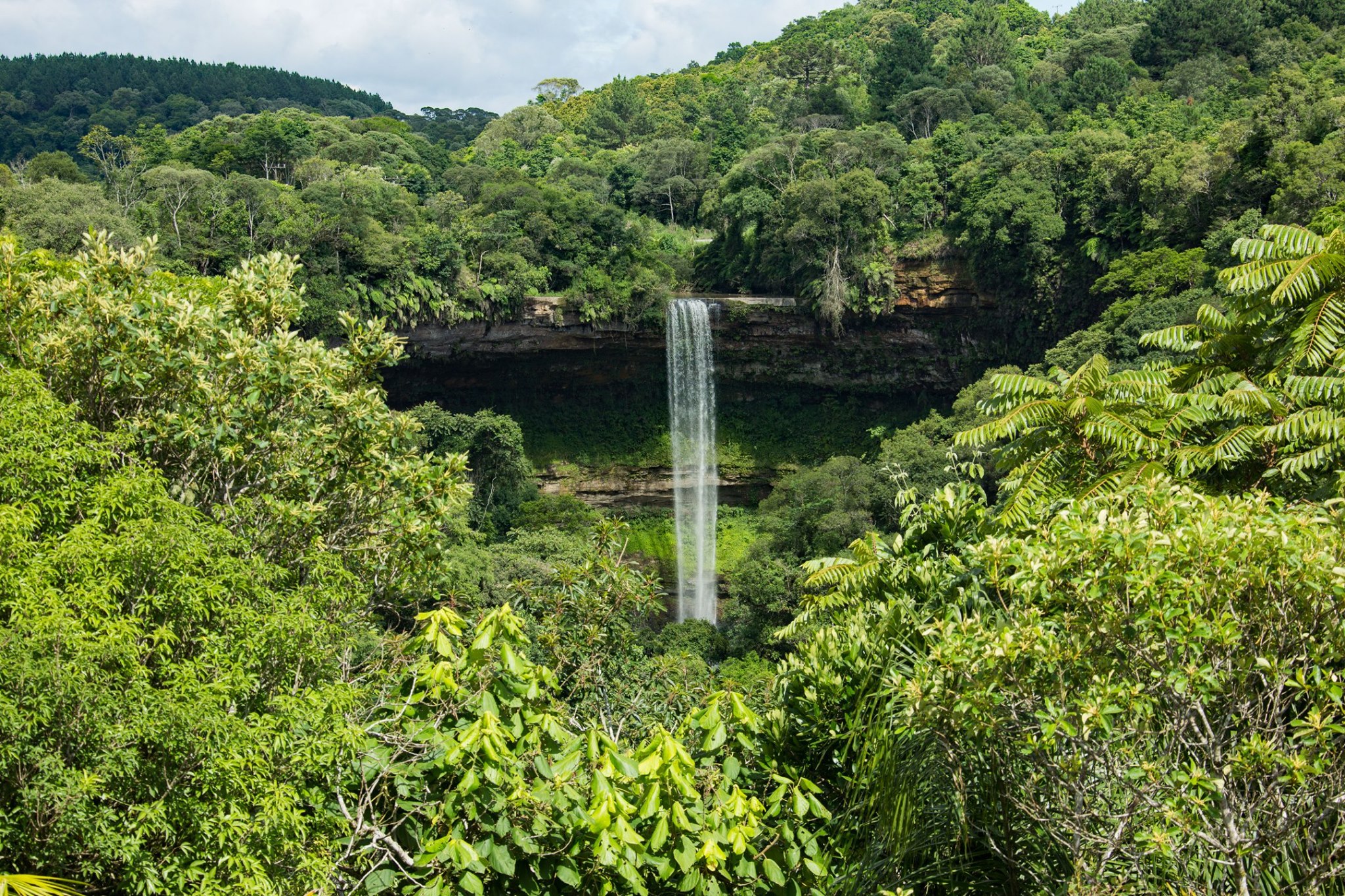Farming in the Atlantic Forest region produces more than half the food consumed in Brazil and emits only 26% of the total greenhouse gas emissions of the Brazilian agricultural sector.
The data are from a study released on Wednesday (Nov. 9) by the NGO SOS Mata Atlântica.

According to the research, the Atlantic Forest accounts for the following:
- 52% of the country’s direct consumption vegetable production (except corn, soy, and sugarcane);
- 30% of the vegetal non-food output (fibers, latex, and cotton)
- 43% of the production of soy, corn, and sugar cane, food crops for direct consumption, indirect (animal feed), and energy;
- 56% of animal food production and
- 62% of animal heads (cattle, sheep, poultry, pigs).
Entitled “Food Production in the Atlantic Forest”, the study is by researchers Luís Fernando Guedes Pinto, Jean Paul Metzger, and Gerd Sparovek.
It had the support of the Cátedra Josué de Castro and data from the agricultural censuses of the IBGE (Brazilian Institute of Geography and Statistics), from MapBiomas, and the Atlas of Brazilian Agriculture and Cattle Raising.

